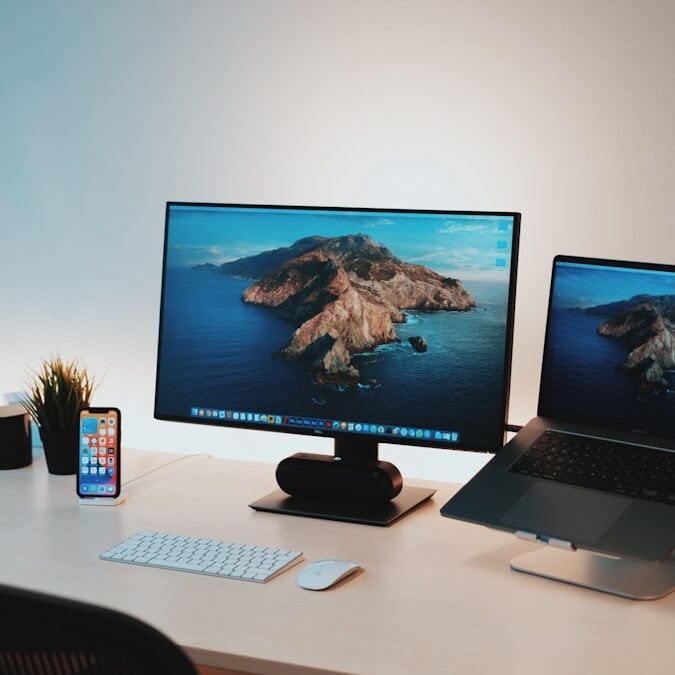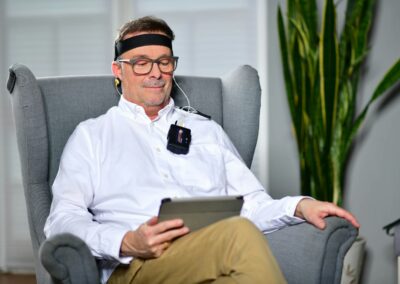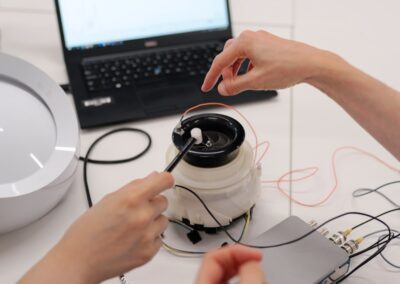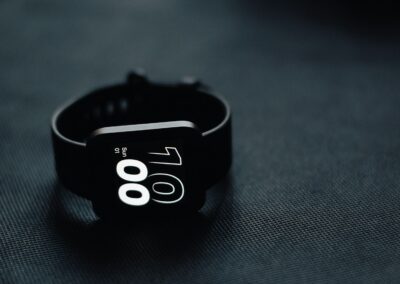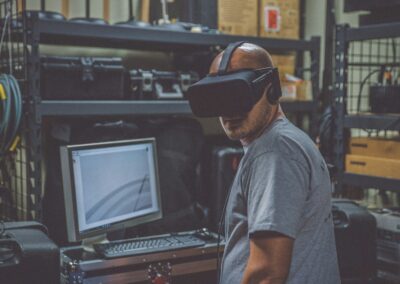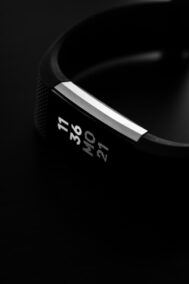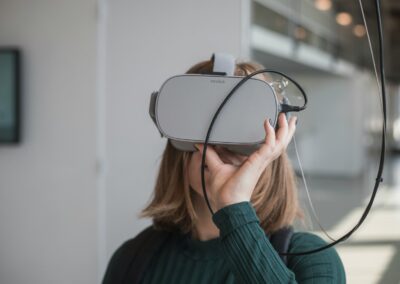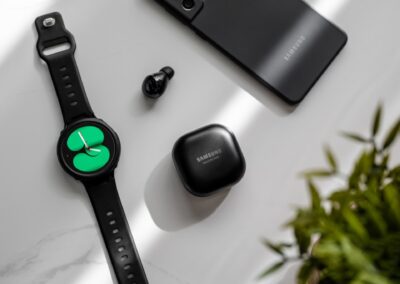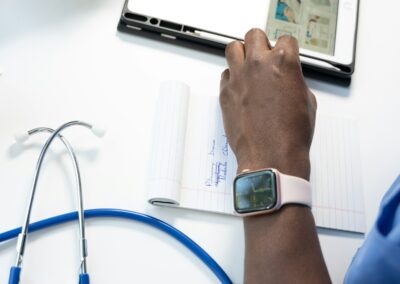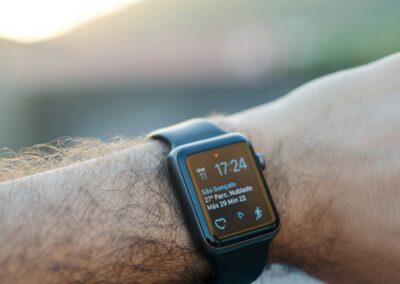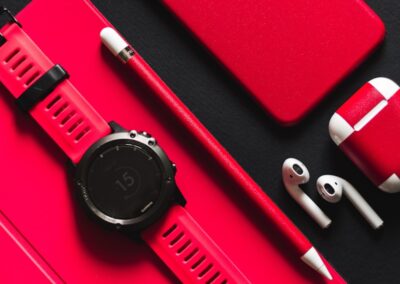Innovations in Modern Technology and Their Impact on User Interaction
The Current State of Wearable Devices
The integration of wearable devices in everyday life has seen remarkable advancements in recent years. These devices, ranging from fitness trackers to smartwatches, have become essential tools for monitoring health, staying connected, and enhancing productivity. In technologically progressive regions like Saudi Arabia and the UAE, wearable devices have gained significant traction, driven by a population that values both innovation and convenience.
Current wearable devices offer a plethora of features, including health monitoring, notifications, and activity tracking. However, there is still room for improvement in terms of seamless and intuitive user experiences. Users often face challenges such as complex interfaces, limited battery life, and issues with data accuracy. Addressing these challenges is crucial for enhancing the overall user experience and ensuring the widespread adoption of wearable technology.
Moreover, the integration of artificial intelligence (AI) and machine learning (ML) in wearable devices has opened new avenues for personalized experiences. AI algorithms analyze user data to provide insights and recommendations, making the devices more responsive to individual needs. In markets like Dubai, where personalized services are highly valued, AI-powered wearable devices offer significant potential for improving user satisfaction and engagement.
Advancements in Seamless and Intuitive Design
One of the primary areas of focus in the evolution of wearable devices is achieving a seamless and intuitive design. This involves creating devices that are easy to use, comfortable to wear, and capable of integrating smoothly into users’ daily routines. Design improvements such as lightweight materials, ergonomic shapes, and flexible displays are essential for enhancing comfort and usability. For instance, a smartwatch with a curved display and adjustable strap can provide a more comfortable fit for various wrist sizes, improving the overall user experience.
Another key aspect is the simplification of user interfaces. Wearable devices should offer intuitive navigation and easy access to essential features. Voice control and gesture recognition are emerging as powerful tools for simplifying interactions. These technologies allow users to control their devices hands-free, making the experience more natural and convenient. In busy urban environments like Riyadh, where multitasking is common, voice-activated wearables can significantly enhance productivity and user convenience.
Furthermore, advancements in battery technology are critical for ensuring that wearable devices can operate seamlessly throughout the day. Extended battery life reduces the need for frequent charging, allowing users to rely on their devices without interruption. Innovations such as solar charging and energy-efficient components can contribute to longer battery life and more sustainable use. In regions like the UAE, where sustainability is a growing concern, energy-efficient wearable devices align with broader environmental goals.
Future Directions in Wearable Technology
The future of wearable devices lies in further integration with advanced technologies and the continuous improvement of user experiences. One promising direction is the incorporation of augmented reality (AR) and virtual reality (VR) capabilities. Wearable devices with AR and VR features can provide immersive experiences for various applications, from entertainment to education. For example, AR-enabled glasses can overlay digital information onto the physical world, enhancing navigation and learning experiences. In innovative hubs like Dubai, AR and VR wearables can drive the development of cutting-edge solutions for diverse industries.
Additionally, the integration of blockchain technology in wearable devices can enhance data security and privacy. Blockchain can provide a secure and transparent framework for storing and sharing personal data, ensuring that users have control over their information. This is particularly important in healthcare applications, where sensitive health data must be protected. In regions like Saudi Arabia, where data privacy is a top priority, blockchain-enabled wearables can offer a higher level of trust and security.
The development of smart fabrics and textiles is another exciting area of innovation. These materials can incorporate sensors and conductive fibers, enabling wearables to be seamlessly integrated into clothing and accessories. Smart fabrics can monitor health metrics, provide haptic feedback, and even generate energy through movement. This technology can create new possibilities for wearable devices that are both functional and fashionable. In fashion-forward markets like Dubai, smart textiles can revolutionize the wearable tech industry by offering stylish and versatile options.
Implementing Advanced Wearable Technology in Business
Effective implementation of advanced wearable technology in business requires strategic planning, investment, and collaboration. Business executives must recognize the potential of wearable devices to enhance productivity, employee well-being, and customer engagement. In regions like Saudi Arabia and the UAE, where technological leadership is a strategic priority, investing in wearable technology can provide a competitive edge and drive business success.
Training and support are crucial for ensuring that employees and customers can effectively utilize wearable devices. Businesses must provide comprehensive training programs to educate users on the benefits and functionality of these devices, ensuring they are used effectively in various applications. Providing ongoing support and maintenance ensures that the devices remain functional and effective over time, maximizing their benefits.
Moreover, collaboration between businesses, technology providers, and regulatory bodies is essential for advancing wearable technology. By working together, stakeholders can develop standards, best practices, and regulatory frameworks that ensure the effective and ethical use of wearable devices. In dynamic markets like Dubai, fostering such collaboration can lead to significant advancements in wearable technology and its applications.
Conclusion
In conclusion, the evolution of wearable devices towards more seamless and intuitive user experiences is transforming the way we interact with technology. By addressing current challenges and leveraging advanced technologies such as AI, AR, VR, and blockchain, wearable devices can offer unprecedented levels of convenience, personalization, and security. For regions like Saudi Arabia and the UAE, embracing wearable technology can drive innovation, improve user satisfaction, and enhance overall business success. Through strategic investment, collaboration, and a focus on user experience, the promise of wearable devices can be fully realized, paving the way for a more connected and efficient future.
—
#WearableDevices #UserExperience #SeamlessTechnology #IntuitiveDesign #ModernTechnology #ArtificialIntelligence #BusinessSuccess #LeadershipSkills #ManagementSkills #ProjectManagement #SaudiArabia #UAE #Riyadh #Dubai

